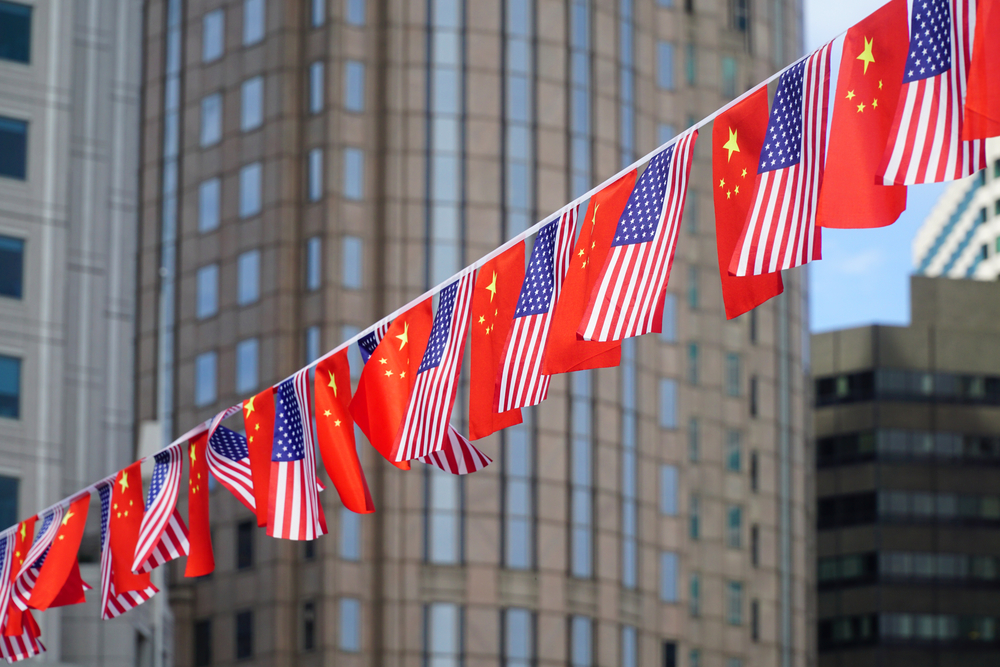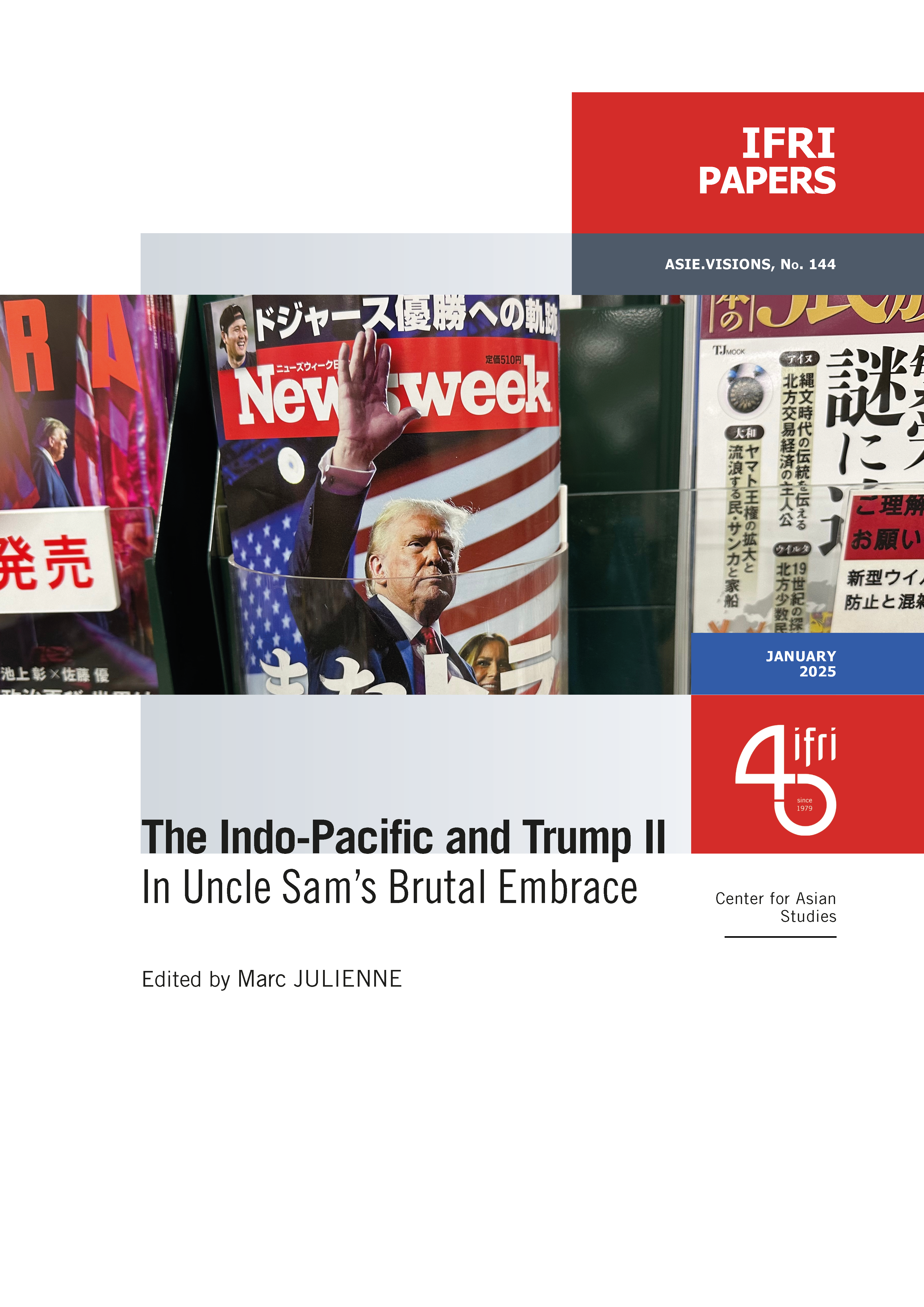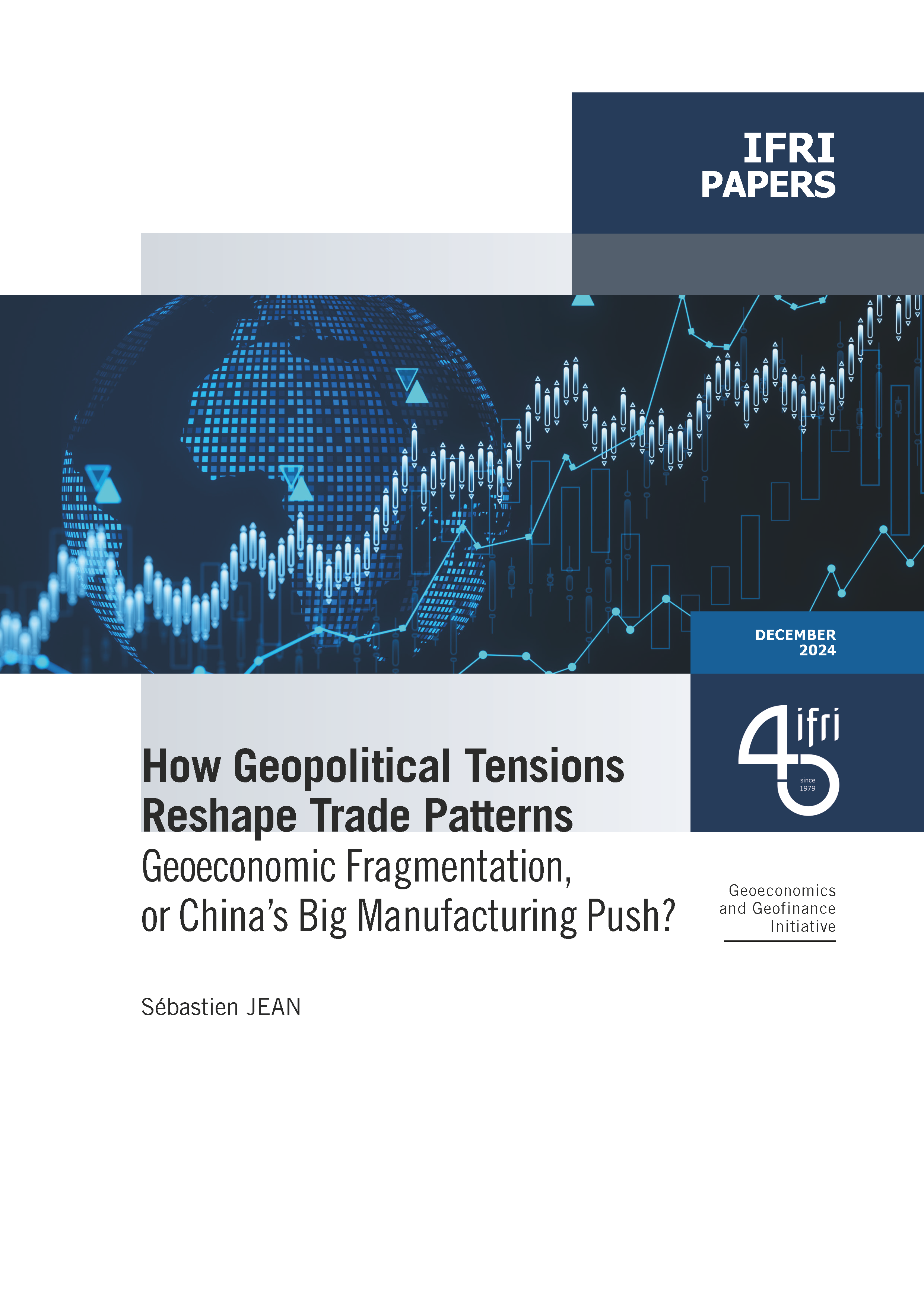U.S. Visions of China: From Henry Kissinger to Donald Trump

Chinese power continues to grow both militarily and economically: its disputed territorial gains in the South China Sea are complemented by its extensive investment initiative in the New Silk Roads through the Eurasian continent.

Although the United States remains ahead of China in terms of global power, whether in terms of their armed forces, their per capita GDP, or their cultural influence in the world, they are also subject to “imperial fatigue” and the fear of decline. Therefore, they are watching developments and progress in China anxiously.
Since the 1970s and even more so since the fall of the USSR, the U.S. political and strategic debate has seen realists and idealists, pessimists and optimists, clash about the attitude to adopt vis-à-vis this major 21st century player. For its part, the federal government swings between firmness and dialogue with Beijing, while striving to reassure U.S. allies in the region.
Download the full analysis
This page contains only a summary of our work. If you would like to have access to all the information from our research on the subject, you can download the full version in PDF format.
U.S. Visions of China: From Henry Kissinger to Donald Trump







